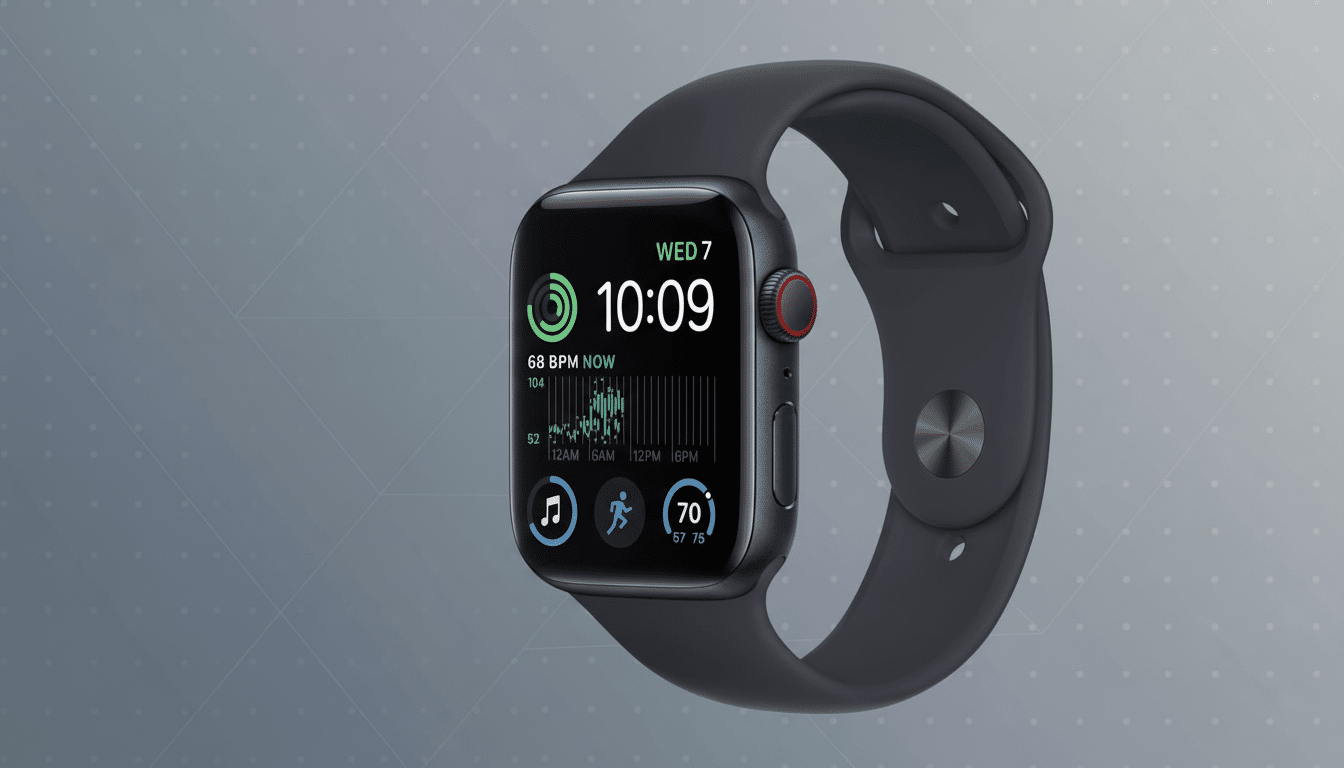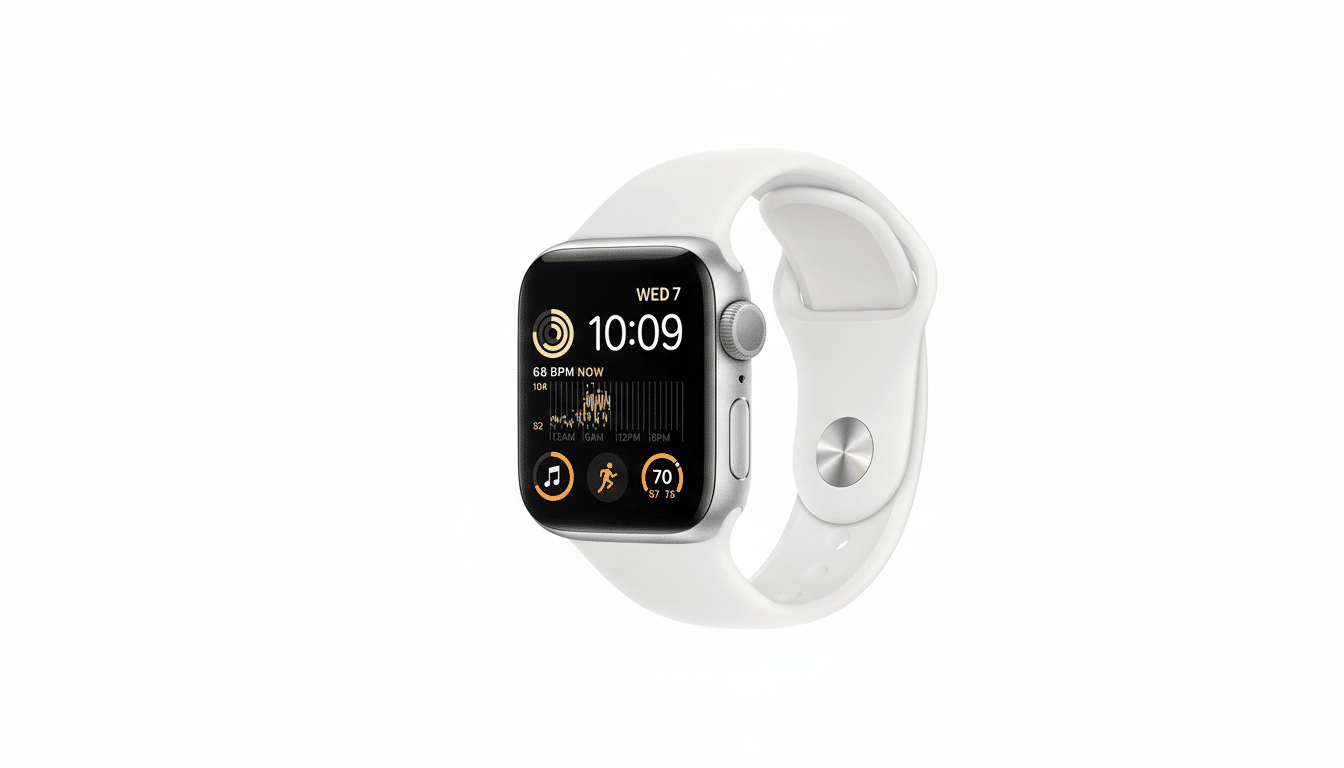A deep new Apple Watch SE 2 discount is changing the value calculation for good, and for a lot of people it’s effectively the smartest buy compared to what we consider an inevitable Apple Watch SE 3. If your needs revolve around notifications, fitness basics, Apple Pay, and being able to count on it to perform as expected, suddenly the SE 2 is looking far more worth considering.
Why The Cheaper Model Is Winning for Most Buyers Today
The headline here is price. We’ve witnessed the 40mm Apple Watch SE 2 slide to $159.99 at a major retailer, representing an $89.01 reduction that beats standard entry-level smartwatch pricing from competitors. At that price, the SE 2 lands in a sweet spot: you get Apple’s tight iPhone integration, reliable fitness tracking, and safety features without paying for anything you might not use every day.

The SE 2 is already equipped with high-value essentials such as crash detection, fall detection, emergency SOS, optical heart rate monitoring, built-in GPS (so you can go for a run without needing to lug your phone around), swimproofing, and access to the robust App Store for watch apps. For people who check notifications, track runs, set timers, summon Siri, and tap to pay, it goes 95% of the distance for a much lower outlay.
What SE 3 Adds And Who Truly Needs It Today
The SE 3 does bring a newer S10 chip and select, heavily promoted by Apple upgrades that include an Always-On Display, notifications for sleep apnea, temperature sensing in the sleep app, as well as new gesture controls and faster charging. Those additions will matter to some users — the health-obsessed who crave more granular metrics, the constantly traveling who depend on quicker top-ups, or anyone who has an appreciation for glanceable time without all the wrist-raising.
For the rest of us, those are the nice-to-haves, not the must-haves. Your average smartwatch user’s life doesn’t typically revolve around wrist temperature trends or one-handed gesture tricks. And although the S10 has more muscle, the SE 2’s S8 is already able to keep animations smooth and apps responsive for day-to-day use.
Performance And Battery Life In Actual Daily Usage
But for daily use, the S8 chip in the SE 2 has all kinds of headroom. Opening Messages, checking the weather, beginning a workout, and paying with Apple Pay all feel instantly fast. Through months of wear, that experience remains snappy — something long-time users often say. The SE 3’s S10 may shave off milliseconds and improve on-device intelligence for some features, but it will not reinvent the basics.

Battery life is a draw for the most part. Apple rates both generations for up to 18 hours, and with Low Power Mode most people get the second day unless they average ultra-high levels of workouts while connected each day. If you top up while in the shower or at your desk, the SE 2’s pacing is tolerable and unobtrusive — though make no mistake that the SE 3 charges quicker.
Longevity, Software Updates, Support, And Resale Value
When you are looking at generations, support lifespan matters. Apple has a history of providing multi-year software support to Watch models, and the SE 2, which was introduced with S8 architecture, is likely going to be supported by watchOS for years to come. That means the security fixes and new features will keep coming, extending its usefulness well past the expiration of this deal.
It also helps that Apple, for the broader market, analysts suggest it is responsible for about a third of all global smartwatch shipments — and that scale supports a trustworthy accessory ecosystem and strong resale valuations. Even after a year or two, SE models usually hold enough value to offset an upgrade when you truly need one.
The Value Math Today: Why SE 2 Beats SE 3 For Most
Reduced to its essence, the calculus is basic. If all you care about are core smartwatch features, the $159.99 SE 2 is also on offer and delivers elite platform polish at a price few rivals can muster. You do lose some extras like Always-On Display and temperature sensing, but keep the experience most buyers use every single day — things like notifications, workouts, tap-to-pay, and safety features — without the price premium.
If you think you’ll take advantage of the SE 3’s enhanced health features or value just having the latest chip and faster charging, pay up for the new model. Everyone else can just pocket the savings. In a sector where upgrades are generally iterative and practical gains incremental, the discounted SE 2 is that rarest of tech buys — one that feels both rational and fulfilling.

